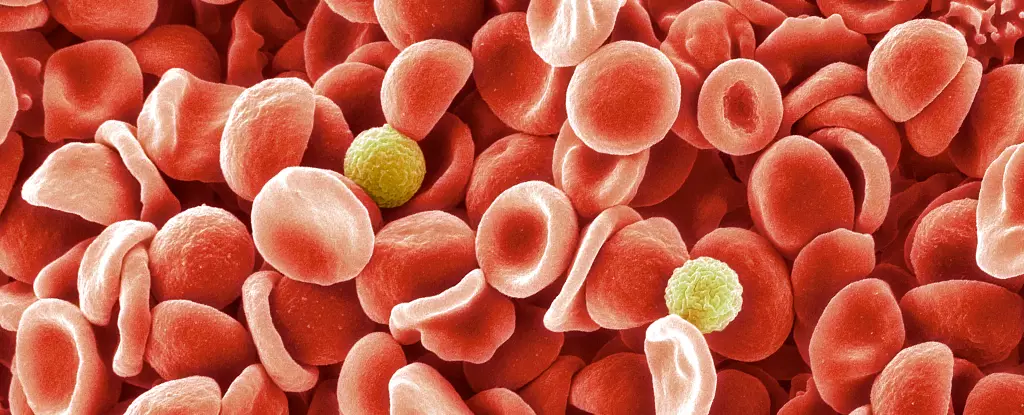In a remarkable journey spanning over five decades, a seemingly trivial blood sample taken from a pregnant woman in 1972 has shed light on one of the most intriguing anomalies in human blood science. This blood sample was noted for its absence of a surface molecule—specifically, the AnWj antigen—commonly present on red blood cells. The implications of this peculiar absence only came to fruition in 2024, when researchers united from the UK and Israel unveiled a brand-new blood group system, aptly named the MAL blood group. The persistent efforts of scientists, including hematologist Louise Tilley, culminated in a significant milestone in the field of transfusion medicine.
Blood Groups: More Than Just a Letter
Many people are well-acquainted with the ABO and Rh blood group systems, but the complexities of blood typing extend far deeper. Our blood’s intricate surface profile is a tapestry of various protein and sugar molecules that identify our cells. These antigenic markers perform critical roles beyond identification; they are instrumental in how our immune system distinguishes between self and non-self entities. Any discrepancy in these identifiers can lead to severe transfusion reactions, which can be lethal. As such, the investigation into less common blood groups like the MAL system not only prompts scientific intrigue but also poses real-world implications for healthcare.
The Rarity and Relevance of the MAL Blood Group
The MAL blood group, while not widespread, embodies a critical understanding of human variation at the genetic level. Remarkably, previous studies indicated that over 99.9% of individuals have the AnWj antigen, making the identification of the MAL blood group both challenging and enlightening. Tilley’s commentary on the arduous nature of their research—working with rare genetic cases—underscores the dedication required to substantiate such a finding. For most, understanding these anomalies may feel esoteric, but for patients affected by these variations, knowledge is not only empowering but life-saving.
Scientific Methodology: A Unique Approach
The investigative approach to confirming the existence of the MAL blood group was as intricate as the biology underlying it. In an effort to solidify their findings, researchers inserted normal MAL genes into AnWj-negative blood cells. This strategic maneuver not only provided confirmation but also unveiled the complex role the MAL protein plays in cellular stability and transport. Such experimental elegance not only highlights the groundbreaking nature of this research but speaks to the commitment of the scientific community in handling unusual medical challenges.
Clinical Implications and Future Directions
Understanding the MAL blood group system extends beyond academic curiosity; it possesses significant clinical implications. With this newfound knowledge, healthcare providers can better evaluate patients who present with an AnWj-negative blood type. Moreover, knowing whether this absence is hereditary or based on pathogenic suppression can guide further investigations into hidden health disorders. The intricate relationship between rare blood types and unexplained health conditions poses a fascinating frontier for future research, which could lead to improved patient care and targeted interventions.
Community and Patient Awareness
As this exciting discovery permeates the medical community, it also begs a larger question: How do we educate patients about such rare blood anomalies? The complexity of blood typing should not alienate patients; instead, it should foster a sense of empowerment. Raising awareness about rare blood types like the MAL group will not only prepare healthcare professionals for better treatments but also encourage patients to engage more actively in their health conversations.
In a world striving for inclusivity and precision in healthcare, every discovery—no matter how rare—beckons to foster a more profound understanding of human biology. Understanding these blood quirks can lead to innovations in transfusion practices and ultimately, save lives.

